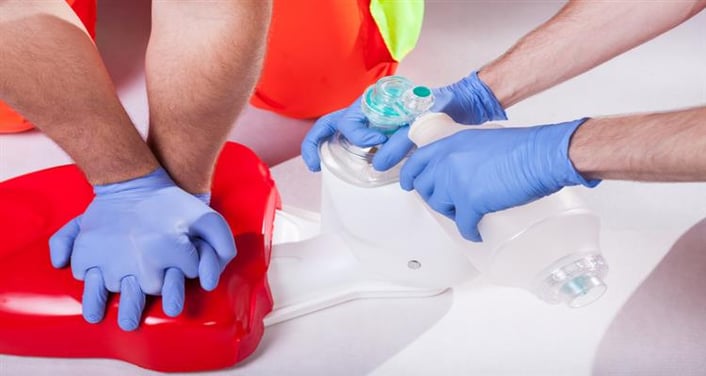
There’s never a bad time to brush up on your skills. As a paramedic, one of your most important objectives should be skills proficiency. If you feel a bit rusty or it’s been a while since you’ve performed some hands-on training, now might be a good time to schedule a course. And there’s no area more critical than advanced airway management.
Let’s review some of the advanced airway options that are available to paramedics in the field, then we’ll discuss some of the ways you can refresh and hone your skills so that you are prepared for whatever the new year has in store.
Advanced airway management considerations
The choices you make in the field regarding advanced airway management depend on several factors. They are:
- Skill Level/Training – Your options are limited to those skills you have been trained in and can perform proficiently.
- Equipment Availability – The equipment you have will depend on budget, training, and administrative considerations.
- EMS System – The type of EMS system in which you work (rural vs. urban; level of backup) can also impact your decisions about advanced airway management.
Advanced airway management options
Below are the typical advanced airway options available to paramedics in the field.
- Intubation
- Orotracheal: Considered the standard for the unprotected airway, but contraindicated in the presence of copious secretions (have suction ready).
- Nasotracheal: For use in the spontaneously breathing patient with a deteriorating airway but contraindicated in cases of nasal, facial, or basilar skull fractures.
- LMA – Seal maintenance is critical, and be alert for aspiration (suction).
- Combitube – Used in place of endotracheal intubation. However, pediatric sizes of the Combitube are not available.
- Surgical Airways
- Needle Cricothyrotomy: Considered a temporary airway due to the restricted size of needles.
- Surgical Cricothyrotomy: An alternative to oral intubation, especially in cases of trauma.
- Rapid Sequence Intubation – Based on protocols, skills, and training, and the necessary pharmacologic agents.
Practice Makes Perfect
Now that we’ve reviewed the options for advanced airway management, here are a few things you can do to stay at the top of your game.
- Exercise Your Skills – Enroll in a training class to refresh old skills and perhaps pick up a few new ones.
- Review Your Equipment – If it’s been a while since you’ve used your equipment, whether it’s your airway kit, pedi bag, or the specialized equipment you carry in each, pull them off the truck, spread them out, and go through each piece of equipment.
- Hold a Discussion Group – If you’ve got some downtime at the station, hold an impromptu study session where you can discuss protocols, procedures, and equipment. Sharing experiences and ideas is one of the most productive ways to learn, so put on a pot of coffee and share your stories.
As an emergency medical professional, one of your greatest responsibilities is continuous learning because you never know what calls await you.
Editor's Note: This blog was originally published in February, 2016. It has been re-published with additional up to date content.
















